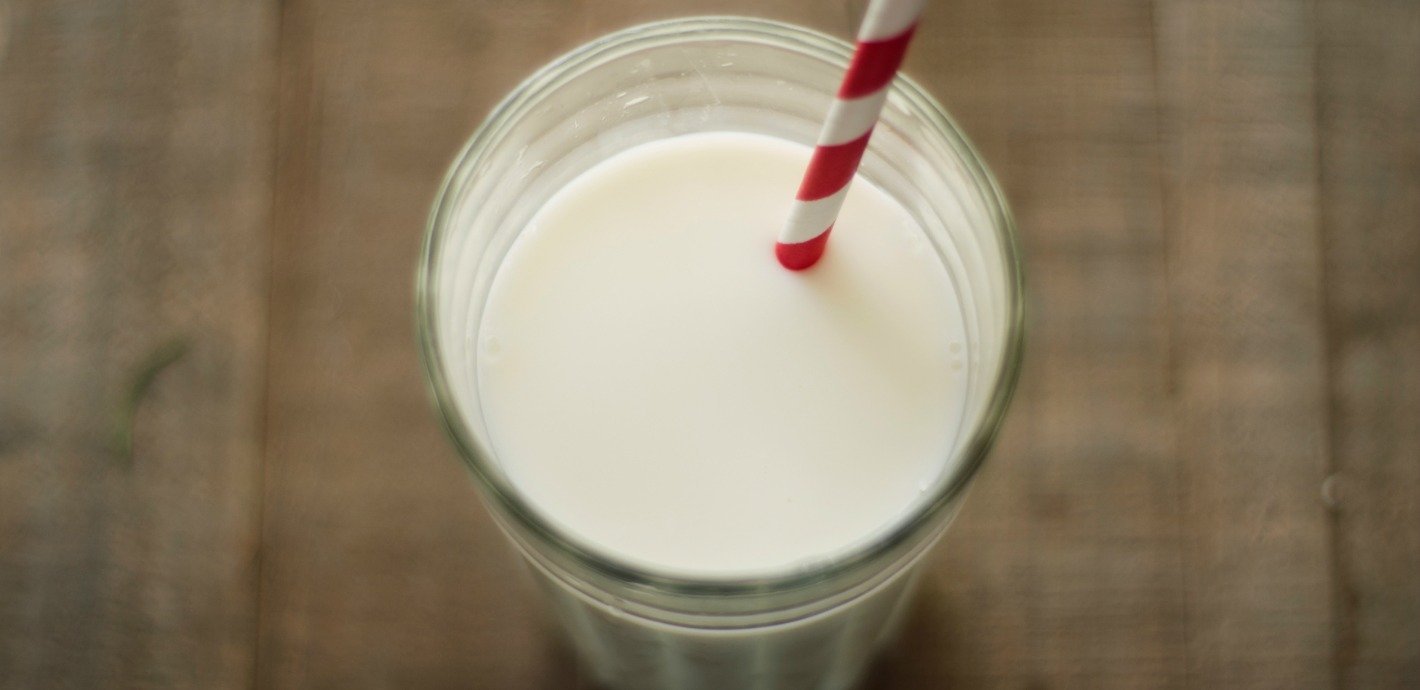Many have heeded this diet advice for years: Consume fat-free or low-fat milk, yogurt, and cheese, and eat less butter and ice cream. Choosing no- to low-fat dairy over full-fat has long been part of the creed recited by dietitians, nutritionists, and U.S. public health officials. But now, on the heels of the release of the new U.S. Dietary Guidelines which continue to recommend low-fat dairy, experts are starting to question whether this anti-fat strategy is still relevant.
“There is no evidence suggesting that cutting out any of the fat is beneficial,” says Mario Kratz, Ph.D., associate member of the Fred Hutchinson Cancer Research Center and co-author of a major study that sheds light on possible benefits of full-fat dairy. “I argue that we never had sufficient evidence to recommend low-fat or non-fat dairy products and should have been recommending full-fat dairy products all this time.”
When exactly did Americans make the switch from full to low-fat? The battle against the bulge began in the 1950s when Ancel Keys, an American physiologist who is considered as the “father of the fight on fat”, came out with research that revolutionized the nation’s viewpoint on this topic. Keys and colleagues ran a series of studies on men in seven countries and found that Americans and Finnish consumed the most fat. These same people had the highest blood cholesterol levels and death rates from heart attacks, which led Keys to conclude that saturated fat intake might be linked to heart disease.
A New Era of Research
For the last six decades, the connection between high-fat dairy and weight gain was a given. But several new studies reveal that full-fat dairy may, in fact, be beneficial for weight loss. One review of 16 studies by Kratz and colleagues shows that eating dairy fat alongside a healthful diet may actually help you shed a few pounds.
“We found that consumption of full-fat dairy products is pretty consistently associated with lower body weight, less weight gain over time, and a lower risk of obesity,” says Kratz who published his findings in the European Journal of Nutrition. “The same has very rarely been shown for low-fat dairy products.” Similarly, data does not support a tie between full-fat dairy intake and a heightened risk of cardiovascular disease or metabolic disease, such as type-2 diabetes, he says.
Kratz and his team aren’t the only ones challenging popular belief. A 2013 study published in the Scandinavian Journal of Primary Health Care reported that men consuming high-fat dairy are at lower risk for abdominal obesity, the most harmful type of obesity. Another 2013 study from Harvard published in the Journal of the American Heart Association found that whole-fat dairy and butter intakes were associated with lower rates of cardiovascular disease and coronary heart disease.
A more recent study published last year in The American Journal of Clinical Nutrition further supports that a diet containing full-fat dairy is good for the heart. In the three-week trial, researchers compared people on a low-fat-dairy diet to those on a high-fat one. The high-fat group experienced a decrease in triglyceride levels, and the low-fat group experienced a drop in “bad” LDL cholesterol. However, people eating full-fat dairy didn’t experience a rise in LDL cholesterol, and the low-fat group noticed a drop in beneficial HDL cholesterol.
The Skinny on Full-Fat Dairy
Full-fat dairy tends to be more satiating than the low-fat variety. Feeling satisfied may, in turn, lead to eating less (or fewer calories) overall. In other words, a glass of full-fat milk is better for you than a cup of fat-free milk with chocolate-chip cookies.
“Many clients who eat diet foods such as fat-free yogurt tend to eat larger portions because they’re less satisfying and [supposedly] guilt-free,” says Lisa Rutledge, R.D., a nutritionist based in Montreal who recommends full-fat dairy to clients.
The other thing to consider with low-fat foods is that the trade off for fat is often more sugar. Take full-fat Stonyfield Organic yogurt, for instance. It contains 12 grams of sugar per eight-ounce serving while the fat-free version has 16 grams of sugar.
“There is a lot of sugar in yogurt, and the full-fat versions help to slow digestion, lessening the insulin response,” says Danielle Omar, MS, R.D., an integrative dietitian in Fairfax, Virginia. Additionally, the fat in dairy may help you absorb fat-soluble vitamins in fruits and vegetables that they’re paired with.
Dairy fat likely has many more benefits that need to be explored. “Several fatty acids in dairy fat are known or suspected to stimulate the burning of fat in the liver, likely a pretty good thing,” Kratz says. “This may explain potential effects on body weight and glucose metabolism.” Needless to say, dairy itself is packed with a myriad of health perks, from bone-boosting calcium to muscle-building protein to blood-pressure-lowering potassium, plus many other vitamins and minerals.
Work Full-Fat into Your Diet Again
“If we keep dairy consumption low to moderate, the fat is not a serious issue,” says Walter Willett, M.D., professor of epidemiology and nutrition at the Harvard Chan School of Public Health. Yogurt and kefir contain probiotics, which has shown to help not only immunity but also gut health and eczema. “The main justification for high dairy intake is to meet calcium requirements. However, high RDAs are based on very short-term studies that are misleading. We don’t really need calcium intakes that are so high,” he adds. The USDA recommends between 1,000 and 1,200 mg calcium and 3 cups of dairy daily for the average adult. Willett suggests following the milder 500 mg daily recommendation set by the World Health Organization.
Related: The Profound Health Benefits of Probiotics
If you’re ready to make the switch to full-fat, Willett advises capping intake at two or less servings per day. Keep milk intake to a minimum and opt for yogurt. He also recommends swapping out some dairy for foods rich in unsaturated fats, such as olive oil, olives, and avocado. “If unsaturated fats replace dairy fat, this will lower the risk of heart disease and probably diabetes as well,” he says.
As for ice cream and butter? That’s where Kratz draws the line. “I don’t see any evidence suggesting that consuming large quantities of butter or ice cream is beneficial for anything,” he says. “They are simply too energy dense and yummy, which may cause overeating.”









Comments (0)